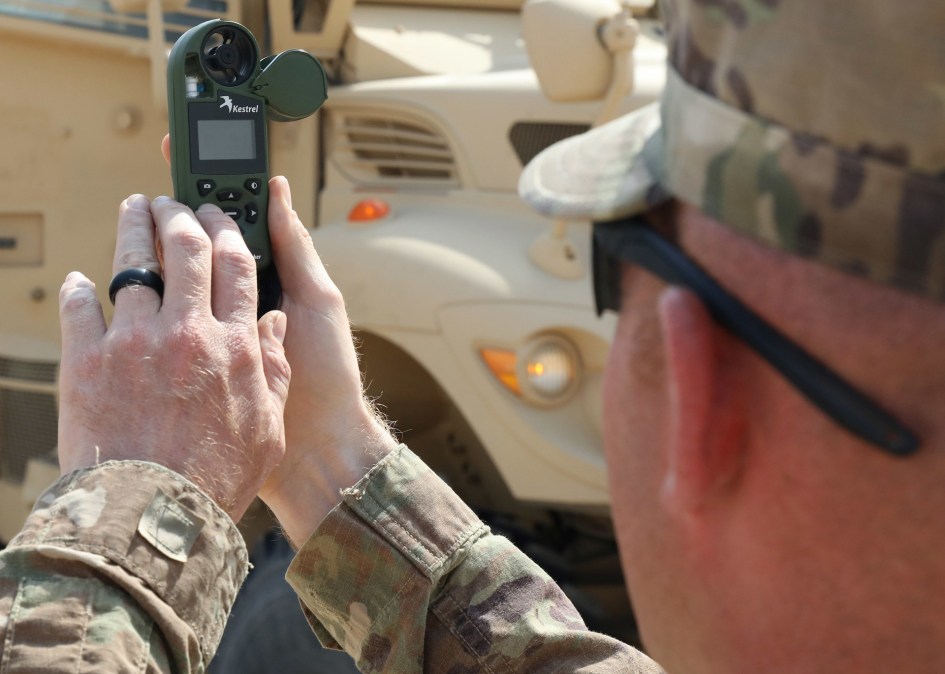Pentagon alters oversight of PNT enterprise in new guidance

Deputy Secretary of Defense Kathleen Hicks signed off on an update to how the Pentagon oversees its positioning, navigation and timing (PNT) enterprise, which provides critical capabilities that facilitate U.S. military command and control, situational awareness, information networks and targeting.
The move comes as U.S. leaders are concerned about the vulnerability of GPS systems to attack or interference. Potential adversaries such as China already have a variety of counterspace weapons that could degrade or disrupt GPS satellites and associated systems and impede U.S. military operations.
Changes to DOD Directive 4650.05, which went into effect Tuesday, “assign PNT Oversight Council responsibility for oversight of alternative sources of PNT, in accordance with Section 2279b of Title 10, United States Code,” per the updated document.
The new guidance also alters the leadership of the oversight council by elevating the undersecretary of defense for research and engineering to a co-chair position alongside the undersecretary of defense for acquisition and sustainment and the vice chair of the Joint Chiefs of Staff.
The Pentagon’s positioning, navigation and timing enterprise has three primary tasks, according to the department, including providing and protecting the effective use of military GPS and other PNT services by U.S. and allied forces globally; preventing the effective use of PNT services by adversaries in areas of military operations; and preserving civil GPS services to non-combatants outside areas of military operations.
The influential PNT Oversight Council “serves as the principal unified and integrated DoD governance body that ensures the DoD PNT Enterprise functions meet national objectives, consistent with national policy and guidance, and that the mutually supporting systems, standards, and specifications continue to evolve to address emerging threats,” the directive states. It also “supports the planning, programming, budgeting, and execution process by prioritizing PNT issues and recommending resourcing options.”
Its oversight functions now encompass PNT performance assessments, vulnerability identification and mitigation, architecture development, resource prioritization and implementation of “diverse alternative PNT information sources to complement GPS use,” among other responsibilities.
The focus on diverse alternative PNT info sources was not included in the list of primary council oversight functions in previous versions of DOD Directive 4650.05.
A wide range of senior DOD officials make up the PNT Oversight Council. In addition to the three co-chairs, its other voting members include the secretaries of the military departments; undersecretary of defense for policy; the Pentagon’s chief information officer; undersecretary of defense for intelligence and security; director of the National Security Agency; and the commanders of U.S. Space Command, Strategic Command, Northern Command and Cyber Command.
Non-voting participants include the Pentagon comptroller; director of operational test and evaluation; director of cost assessment and program evaluation; and the directors of the National Geospatial-Intelligence Agency and the National Reconnaissance Office.
The elevation of the undersecretary for R&E — a role currently held by Heidi Shyu — to a co-chair position on the council comes as the Pentagon is pursuing a wide range of new and next-generation capabilities, including for PNT, to better position itself for a potential great power conflict.
For example, one of Shyu’s 14 “critical technology areas” for her directorate is quantum science.
“Quantum sensors promise the ability to provide unprecedented accuracy in position, navigation, and timing,” according to her critical tech list.
On the PNT council, the undersecretary for R&E provides oversight and guidance for Defense Department investment in PNT research and development and emerging capabilities, and “informs and influences PNT program requirements based on the results of the knowledge acquired through technology forecasting, effective modeling and simulation, prototyping and experimentation,” according to the directive.
The R&E chief also reviews and oversees positioning, navigation and timing “research, system engineering, and developmental test, evaluation, analysis, and vulnerability identification (including cybersecurity vulnerability and mitigation) processes across the Military Services through oversight and management of PNT research and development activities among the Service laboratories, DoD research organizations, industry, and academia,” per the directive.
Among the other co-chairs of the council, the undersecretary for A&S oversees the acquisition of DOD systems using or providing positioning, navigation and timing capabilities and related performance standards for PNT systems, while the vice chair of the Joint Chiefs of Staff identifies PNT operational requirements and presents them to the council, according to the directive.
Those positions are currently held by William LaPlante and Adm. Christopher Grady, respectively.






